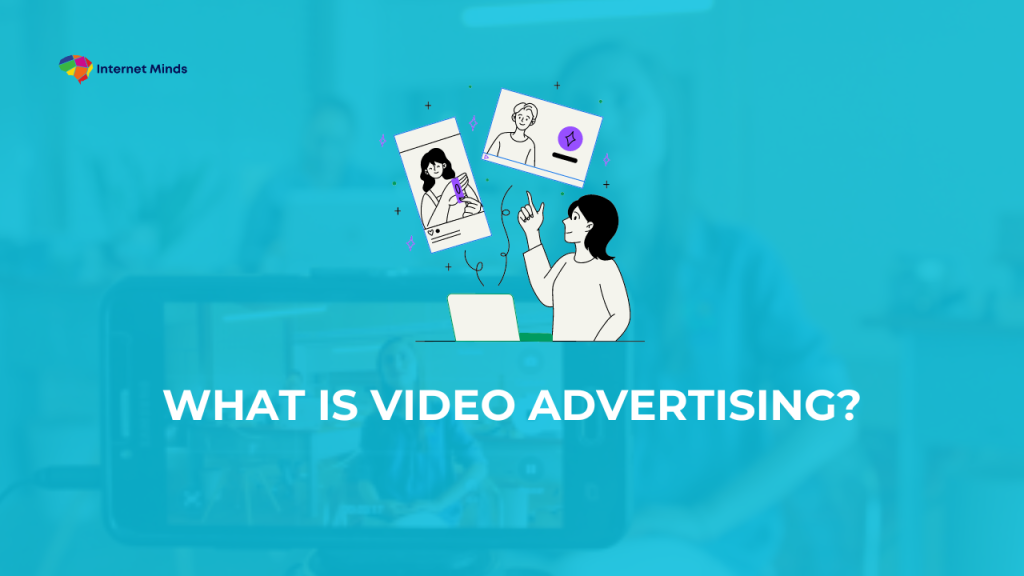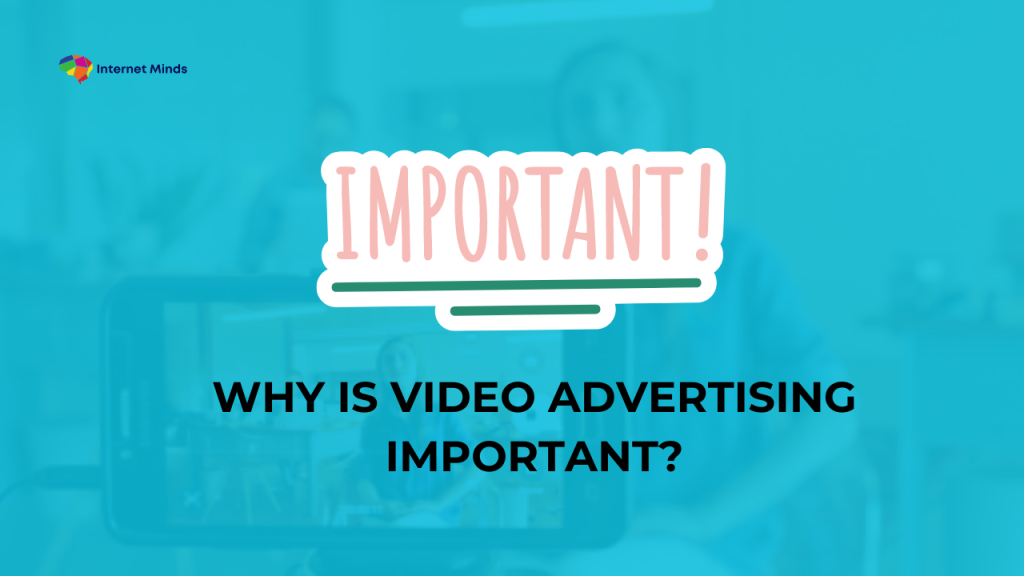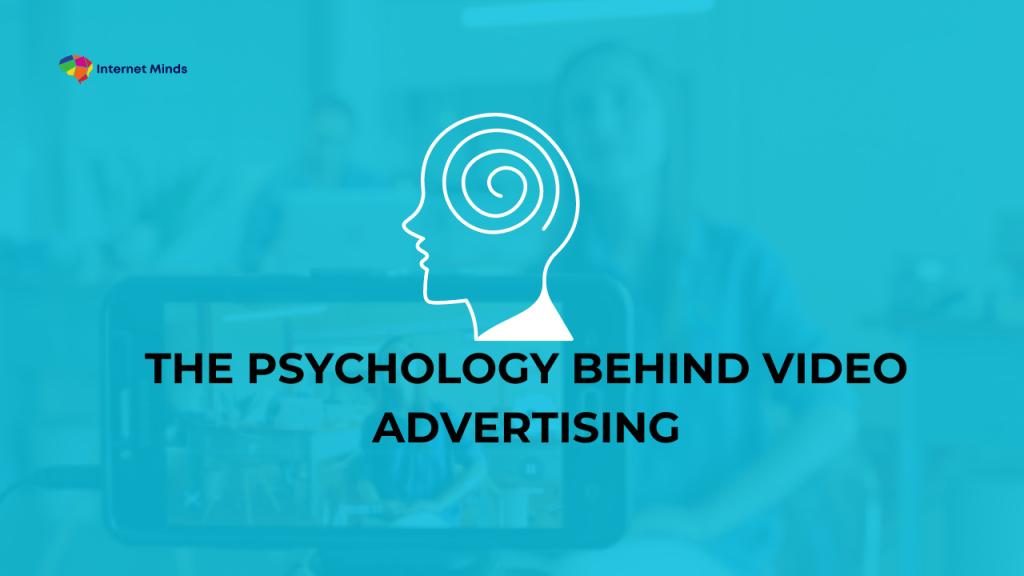Video Advertising: What It Is and How It Works
Unlocking the Power of Visual Storytelling for Your Brand
In today’s digital age, where attention spans are shrinking and consumers are bombarded with countless messages, video advertising has emerged as a powerful tool for businesses to connect with their audience, build brand loyalty, and drive conversions. But what exactly is video advertising, and how does it work its magic? Let’s dive in.

What is Video Advertising?
Video advertising is a form of digital marketing that utilizes short, engaging video clips to promote products, services, or brands. These video ads are typically distributed across various digital platforms, including social media, websites, and streaming services. Unlike traditional advertising formats, video ads offer a dynamic and immersive experience, allowing businesses to tell compelling stories, showcase products in action, and create an emotional connection with their target audience.

The Journey of Video Advertising
Video advertising has come a long way since its inception. From early television commercials to the sophisticated digital landscape of today, the evolution of video advertising has been driven by technological advancements and changing consumer behavior.
- Early Television Commercials: The foundation of video advertising was laid with television commercials, which relied on catchy jingles, humor, and celebrity endorsements to capture viewer attention.
- The Rise of Online Video: With the advent of the internet, video advertising shifted to digital platforms, offering more targeted reach, measurable results, and interactive formats.
- Mobile Dominance: The proliferation of smartphones and tablets has led to a surge in mobile video consumption, making it essential for businesses to optimize their video ads for smaller screens.
- Social Media Integration: Social media platforms have become a hotbed for video advertising, with platforms like YouTube, Instagram, Facebook, and TikTok offering a variety of video ad formats to suit different marketing objectives.

Why is Video Advertising Important?
Video advertising has become an indispensable component of any successful marketing strategy. Here’s why:
- Enhanced Engagement and Retention: Videos are inherently more engaging than static images or text. The combination of visuals, audio, and motion captures viewer attention and keeps them hooked, leading to higher engagement rates and better retention of brand messages.
- Adaptation to Changing Consumer Habits: As consumer behavior shifts towards video consumption, video advertising allows businesses to stay relevant and connect with their audience on their preferred platforms.
- Improved Conversion Rates and ROI: Video ads have been proven to drive higher conversion rates compared to other advertising formats. By compelling viewers to take action, such as making a purchase or signing up for a newsletter, video advertising delivers a strong return on investment (ROI).
- Advancements in Targeting and Personalization: With the help of advanced targeting technologies, video advertising enables businesses to reach the right audience with the right message at the right time. This level of personalization enhances the effectiveness of ad campaigns and maximizes ROI.
- Brand Building and Storytelling: Video advertising offers a powerful platform for building brand awareness and creating emotional connections with consumers. By telling compelling stories, showcasing brand values, and establishing a unique brand identity, video ads can leave a lasting impression.
- Overcoming Limitations of Traditional Advertising: Video advertising overcomes the limitations of traditional advertising by providing more creative freedom, flexibility, and measurability. Businesses can experiment with different video formats, lengths, and storytelling techniques to find what resonates best with their audience.

The Psychology Behind Video Advertising
Understanding the psychology behind video advertising is crucial for creating effective campaigns that resonate with viewers on a deeper level. Here are some key psychological principles to consider:
- Visual and Auditory Stimulation: Humans are primarily visual creatures, and incorporating both visual and auditory elements in video ads can create a more immersive and engaging experience.
- The Power of Faces and Eye Contact: Faces and eye contact evoke strong emotional responses and build trust. Using close-ups of people’s faces in video ads can create a personal connection with viewers.
- Influence of Music and Sound: Music and sound can evoke emotions, create a desired atmosphere, and enhance the overall impact of a video ad.
- Color Psychology: Different colors evoke different emotions and associations. Choosing the right colors for your video ad can influence viewer perception and brand image.
- Social Proof and Influencer Marketing: Leveraging social proof, such as customer testimonials or influencer endorsements, can build credibility and trust.
- Anchoring and Contrast: Anchoring refers to the tendency to rely heavily on the first piece of information encountered when making decisions. Contrast involves highlighting differences between options to influence choices.
- Scarcity and Urgency: Creating a sense of urgency or limited availability can motivate viewers to take action quickly.

By understanding these psychological principles and incorporating them into your video advertising strategy, you can create compelling ads that drive results.
Remember: This is just the beginning of a comprehensive blog post. To truly optimize for your target keywords and rank on Google’s first page, you’ll need to expand on each section, provide relevant examples, conduct thorough keyword research, and optimize your on-page SEO elements.







